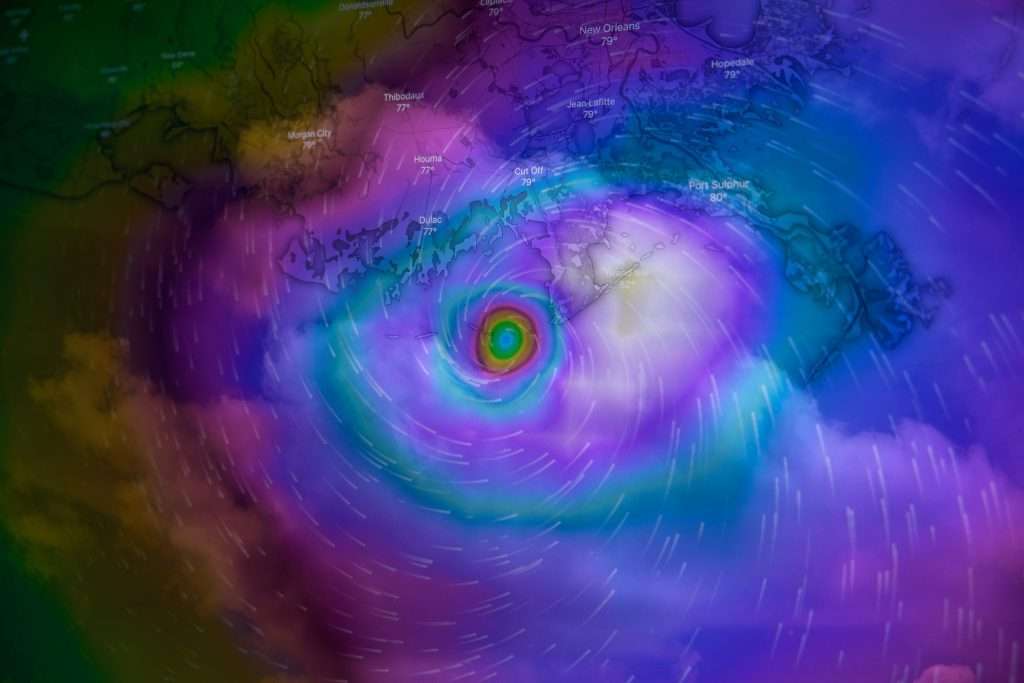As the National Oceanic and Atmospheric Administration (NOAA) forecasts an unprecedented hurricane season in the Atlantic, supply chain directors are bracing for potential disruptions during the critical peak shipping period.
Hurricane Season Overlaps with Peak Shipping
The NOAA’s prediction of a record hurricane season in the Atlantic comes at a time when supply chains are already under pressure to meet increased demand from holiday shoppers. The peak of the hurricane season coincides with the busiest shipping months, raising concerns about potential impacts on logistics operations. Historical events, such as the week-long closure of Gulf Coast ports during Hurricane Harvey in 2017, underscore the vulnerability of supply chains to severe weather events.
Potential Impacts and Historical Precedents
The repercussions of hurricanes extend beyond immediate logistical challenges. For instance, Hurricane Ida in 2021 had a profound effect on petrochemical production, causing a significant shortage in essential materials like PVC. This not only disrupted the supply of a wide array of products but also highlighted the far-reaching consequences of such natural disasters on global supply chains.
Strategies for Mitigation
Supply chain directors must consider various strategies to mitigate the risks posed by hurricanes. These include diversifying supply sources, establishing contingency plans for rerouting shipments, and investing in infrastructure resilience. Freight management experts emphasize the importance of proactive planning to minimize the impact of hurricanes on production, transportation, and overall supply chain costs.
The anticipated hurricane season presents a complex challenge for supply chain directors. By taking preemptive actions and preparing for potential disruptions, businesses can navigate through the storms and maintain supply chain continuity.







